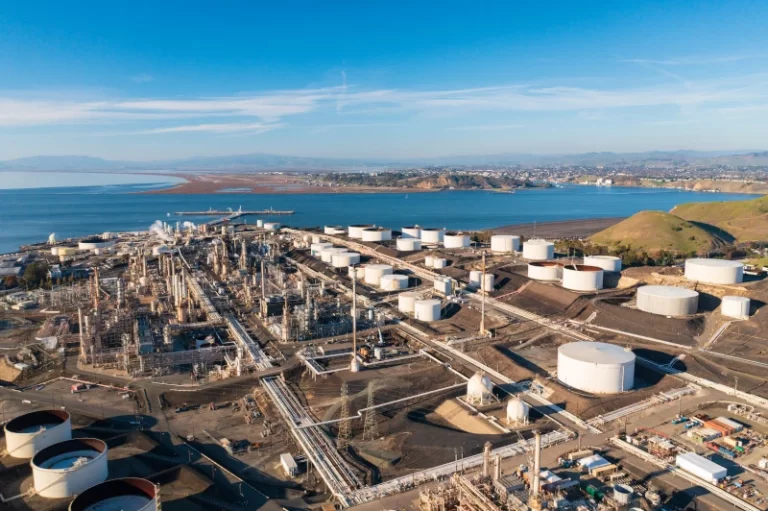As the world is moving towards a more sustainable future, the energy sector is at the forefront of the transition. The shift from traditional fossil fuels towards renewable sources of energy is well underway, and this has put natural gas and hydrogen in the spotlight. Both of these energy sources are gaining attention, but how do they compare?
Size of the molecules
When comparing natural gas and hydrogen, one key difference is the size of their molecules. In terms of molecular weight, hydrogen (H2) is much lighter than methane (CH4), the primary component of natural gas. The molecular weight of hydrogen is 2 grams per mole, while the molecular weight of methane is 16 grams per mole. This means that the hydrogen molecule is eight times lighter than the methane molecule.
In terms of diameter, the van der Waals radius of a hydrogen molecule is about 120 picometers, while the van der Waals radius of a methane molecule is about 200 picometers. This means that the hydrogen molecule is about 40% smaller in diameter than the methane molecule.
Lower and upper explosive limits
The lower explosive limit (LEL) is the lowest concentration of a gas or vapour in the air that can catch fire or explode if there is an ignition source.
The LEL is an important safety consideration when handling and transporting flammable gases like natural gas or hydrogen. Vicki Knott, CEO and Co-Founder, CruxOCM, USA, explores the similarities and differences between natural gas and hydrogen, as well as their energy potential in our existing transmission and distribution systems.
The LEL of hydrogen is 4%. This means that if the concentration of hydrogen in the air is less than 4%, it is too lean to ignite and support combustion. However, if the concentration of hydrogen in the air is between 4% and 75%, it is within the explosive range and can ignite and cause a fire or explosion if a spark or flame is present.
The LEL of natural gas can vary depending on the specific composition of the gas mixture. Typically, the LEL of natural gas is 4 – 5% by volume in air, and the upper limit is around 15 – 15.5%. In short, the explosive range of pure hydrogen is significantly greater than that of natural gas, which is why safety precautions are so critical when handling hydrogen.
How natural gas and hydrogen combust to create heat energy
When hydrogen gas is burned, it reacts with oxygen gas in the air to create water vapour and releases heat energy. Methane, the primary component of natural gas, combusts with oxygen in the air to produce carbon dioxide, water vapour, and heat. The combustion of natural gas releases CO2 emissions, which is why hydrogen as an energy source is so appealing – It produces no CO2 emissions. READ THE FULL ARTICLE on page 17.






